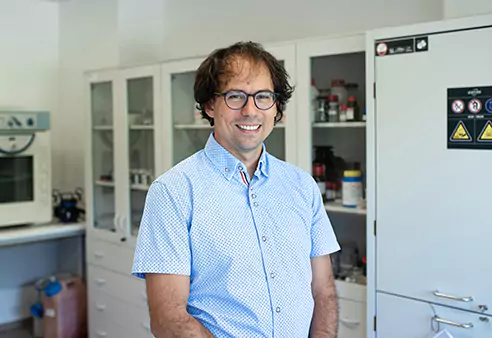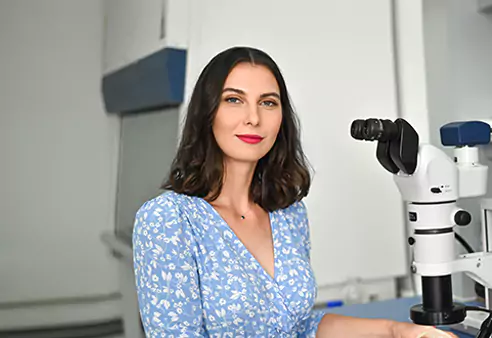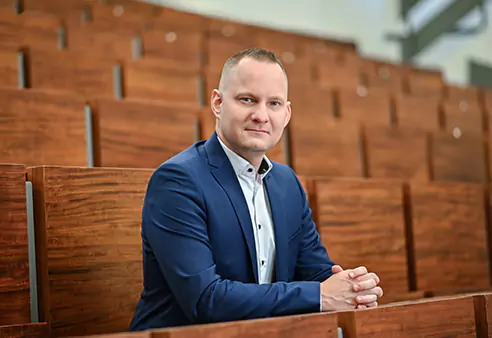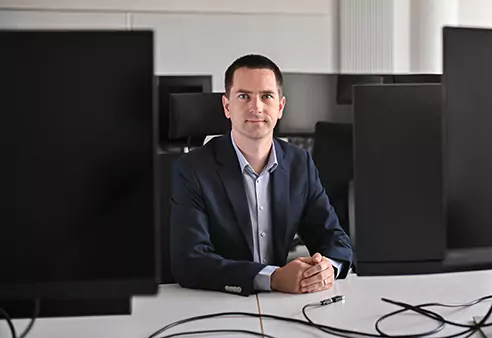Where to look for sources of geothermal energy? How will our climate change over time? Such questions can be answered by sedimentology and geochronology, both areas of interest for doc. RNDr. Michal Šujan, PhD. He works at the Faculty of Natural Sciences of Comenius University Bratislava and is an expert on processes of rock sedimentation and the use of cosmogenic nuclides in the dating of rocks. He is developing a method to allow the dating of a ubiquitous material, clay – something that has not previously been possible.
Within sedimentology, Michal Šujan studies geological layers and determines the environments they were formed in – rivers, deltas, or seas. In his second field of research, geochronology, he looks at when these processes happened. For this, he uses cosmogenic nuclides, isotopes that are created by atomic reactions when cosmic rays interact with atoms in the atmosphere or in exposed rocks. By measuring their concentration, he is able to tell when some processes or changes in the geological past happened. He is specifically focused on a new method that shows great potential because it analyses clay, the most common sediment on Earth.
“I first encountered this method on study visits during my postgraduate study in France. It had just been developed, nowadays its core has moved here, to Bratislava. We are trying to find yout where we can apply the method and what are its limits,” Michal Šujan says.
Thanks to his work in science, we can predict where to find new sources of water, new sources of hydrocarbons, potentially dangerous faults, and which areas could eventually be endangered by active subsidence of terrain.
Michal Šujan has been passionate in geology since he was a child; his father is a successful geologist as well. ”Processes that transform the surface of our plant and their analysis deep in time present an incredibly interesting topic for me. I didn’t even have to think hard when choosing my specialisation: this was immediately fascinating to me.”
He got to his current research, the development of a new dating method in geology, when he was writing his dissertation thesis on reconstructing the development of the Danubian Lowland. “I could recognise processes that transformed the area, but I did not have a tool that could help me date them. That’s when I decided to risk it with this new method and it seems to have been a good decision,” he says. He thinks that science as such is the only tool that helps us overcome the cognitive biases that affect our brains. “The human brain is definitely imperfect and I think science is the only way of overcoming this imperfection and having a grasp on the world around us.”
In the coming years, Michal Šujan plans to continue developing the new method, now by dating the first glaciation in Europe. This piece of knowledge is important to model the climate and predict changes in it. “My main motivation to choose this direction for my research has been the importance of the topic of the climate crisis and I feel this could be a way in which I could help solve it,” he adds.
When he is not researching, Michal Šujan likes to run, practise yoga, and spend time with his family, friends, and dogs. He also likes to unwind by reading books or by listening to podcasts and alternative Slovak music, which is what makes him a big fan of the radio station Rádio FM.



